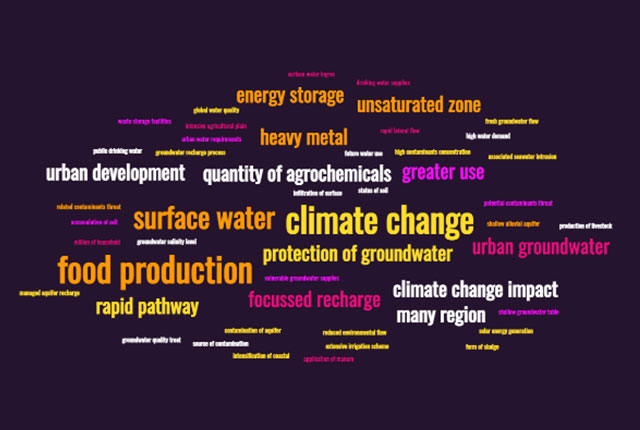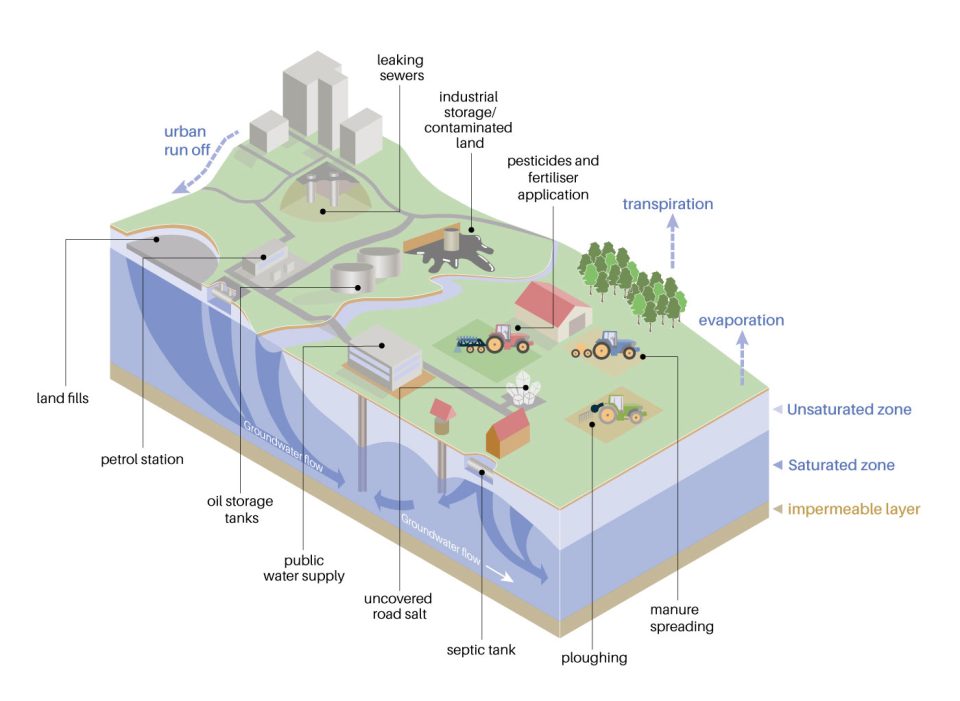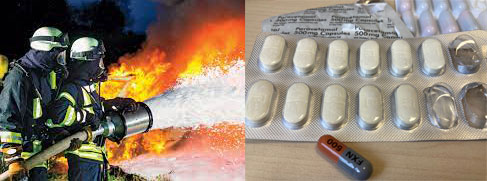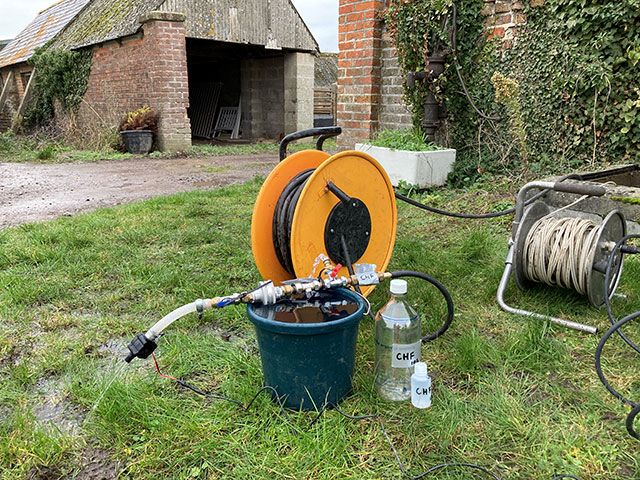The question of quality: how data science is tackling threats to our groundwater
An improved understanding of groundwater quality threats could help better manage groundwater resources and mitigate threats to global water supplies.
14/10/2022
Groundwater is an essential resource for mankind. It is vital for drinking water, food production and sustaining river flows and wetlands and as such, it needs to be protected.
One important aspect is its quality, which can be affected by both human activities and naturally occurring contaminants. Today, global groundwater resources are under unprecedented pressure from a wide range of factors, all of which can potentially deteriorate its quality. But what are these factors?
Factors affecting groundwater quality
Some aquifers are inherently more susceptible to contamination than others due to their geological characteristics. There are also other major factors with a negative impact, such as:
- urbanisation (both planned and informal settlements)
- intensification of coastal pumping
- intensification of food production and other agricultural practices
- climate change and sea-level rise

The hazards posing a threat to groundwater quality. BGS © UKRI
In addition, there are also emerging threats related to anthropogenic (produced by human activities) chemicals. Thousands of them are in commonly used, daily products, posing a direct threat to groundwater quality and human health.
Several broad groups of contaminants of emerging concern (CEC) are now receiving more attention but many of them remain unregulated by the law. These include:
- some pharmaceuticals
- some personal care products
- veterinary products
- plasticisers
- biocides
- per-and polyfluoroalkyl substances (PFAS)
- microplastics
Moreover, as a product of the increasing presence of nutrients and pharmaceuticals, pesticides and heavy metals, polluted groundwater systems can contribute to the development of antimicrobial resistance (AMR), an important emerging global health challenge. AMR occurs when bacteria, viruses, fungi and parasites no longer respond to medicines, making infections more resistant and harder to treat and increasing the risk of the spread of disease.

Left: Fire-fighting foam usage. Creative Common Licence. Right: Pharmaceuticals. BGS © UKRI
How can data science help?
The good news is that there are novel approaches to assessing groundwater pollution related to the development of geoinformatics, remote sensing and data science. The rapid recent development of molecular and ‘omics’ approaches to isolating and sequencing key microbial targets in environmental samples is a considerable development. It not only contributes to an increasingly accurate identification and enumeration of microbes, but also allows us to:
- pinpoint likely contaminant sources
- use whole-genome sequencing to concurrently identify AMR, virulence and biofilm formation genes
- apply fingerprinting techniques to elucidate microbial genetic substructure
Other techniques involve gas and liquid chromatography mass spectroscopy (GC/LC-MS), which, coupled with some relatively recent advances, has significantly enhanced its application for surveillance purposes. New time-of-flight semi-quantitative approaches, multiparameter sondes and microtoxicity assays or probes are also promising methods.

Sampling groundwater for microplastics and pharmaceuticals. BGS © UKRI
Managing groundwater resources
To manage groundwater resources and mitigate threats to water supplies globally, we need an improved understanding of groundwater quality threats from both widely regulated or monitored contaminants (e.g. nitrate; arsenic; salinity) and less widely monitored, emerging contaminants. This can help us adapt to a range of global changes, but it can only happen if we continue progressing towards assessing threats and prioritising measures for monitoring and protecting this resource, as well as human and ecosystem health. To do this, we need to improve our surveillance of water-quality threats and our understanding of their links to human activities and health outcomes, including those from emerging hazardous contaminants, and improve the visibility and sharing of groundwater-quality datasets.
This blog is based on the recent essay in Hydrogeology Journal ‘Groundwater quality – global challenges, emerging threats and novel approaches’ by Claudia Vargas and Dan Lapworth.
About the author

Dr Daniel Lapworth
Principal hydrogeochemist



